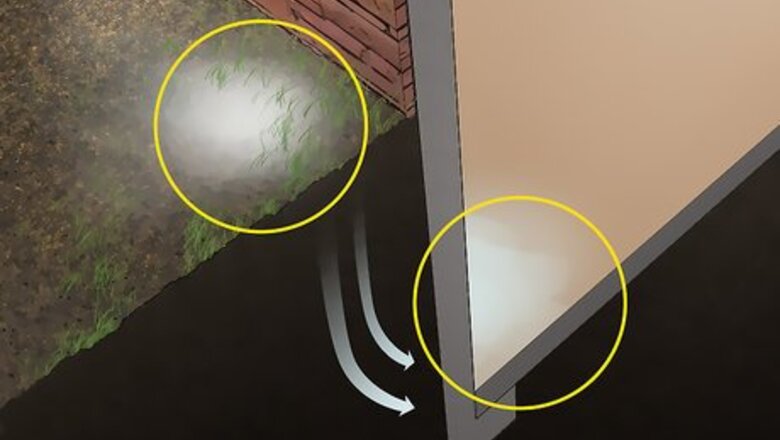
views
Identifying Water Damage
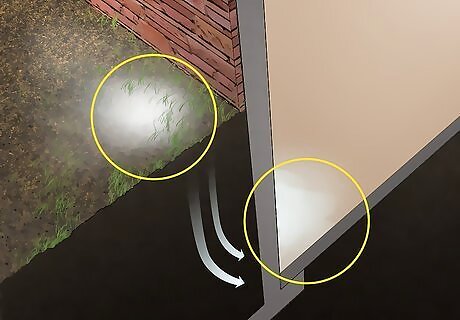
Identify signs of excessive ground water around your home. Walk around your home and look for any signs that the water table is high. If you notice long-term standing water, see a water mark left on the outside of your home, or observe water marks in your basement, you may need a dehumidifier.
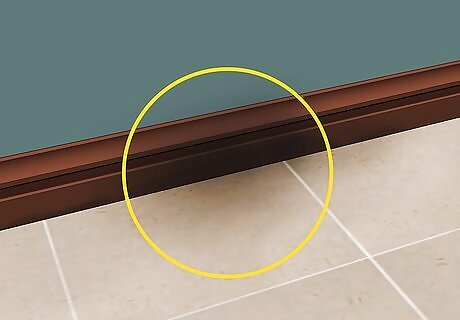
Search for water stains throughout your home. Take the time to inspect your home every six months or year. If you notice water stains on floors, drywall, or anywhere else, you may have a water leak or water intrusion somewhere. If this is so, you might need a dehumidifier to decrease the risk of mold or mildew growth in your home.
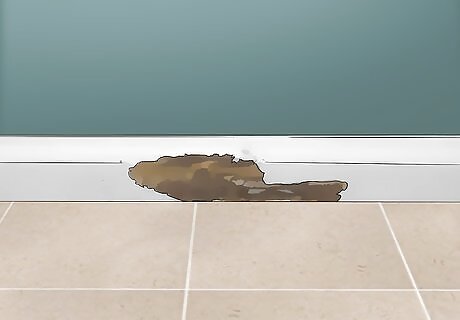
Notice wood rot. Wood rot inside or outside is an indication of excessive exposure to moisture. Wood rot inside your home means that you need to investigate the source of moisture. In order to mitigate any damage to the structure, you should use a dehumidifier to lower the humidity level there.

Get a dehumidifier if the structure has experienced a flood of any sort. Any time a structure is flooded due to rain, a busted pipe, or a similar event, you should get a dehumidifier. A dehumidifier will not only help dry out the structure, but it will decrease the chance of mold or mildew growth.
Checking Humidity Levels
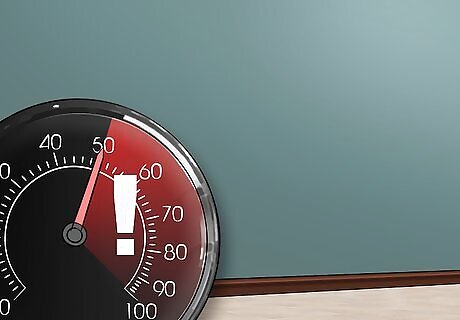
Gauge the humidity level in your home. Testing the humidity level in your home will give you an idea of whether there is too much moisture present. If the humidity level is over 60%, you should probably use a dehumidifier to lower it. This is important, as moisture buildup due to high humidity could damage property or result in mold or mildew growth.
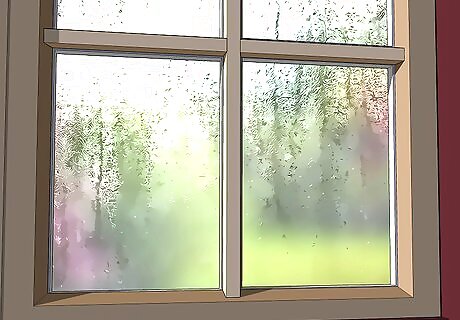
Watch for condensation on the inside of your windows. Condensation is when water droplets accumulate on a cool or cold surface after it contacts moist air. If you notice water droplets or any dampness on or around your windows, you may need a dehumidifier. Condensation on windows will most likely appear in the winter time when the air is cold outside. Pay special attention to the area around your windows, as moisture could accumulate there and lead to mold or mildew growth.
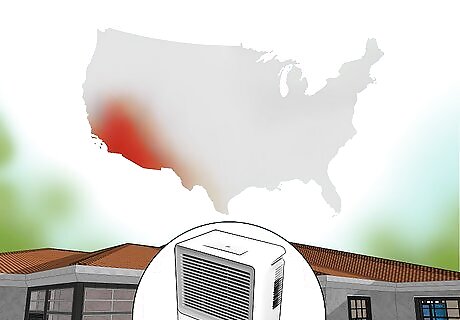
Use a dehumidifier if you live in an excessively humid climate. If you live in a tropical or subtropical environment where the humidity is regularly higher than 50%, you should consider purchasing a dehumidifier as a preventative measure. By running a dehumidifier, you’ll make sure the humidity level in your home or work space stays low. In the end, you’ll help maintain air quality and prevent damage to property. Homes in the Southeastern United States are especially vulnerable to high humidity.
Monitoring Air Quality

Look for mold growth throughout your home. Mold will typically grow on ceilings, walls, or in areas exposed to a lot of moisture. Pay special attention to the areas behind your sink, toilet, or next to your shower/tubs in bathrooms. In addition, keep an eye underneath your kitchen sink, as moisture there could lead to mold growth. Mold will first appear as small black, green, or brown spots.
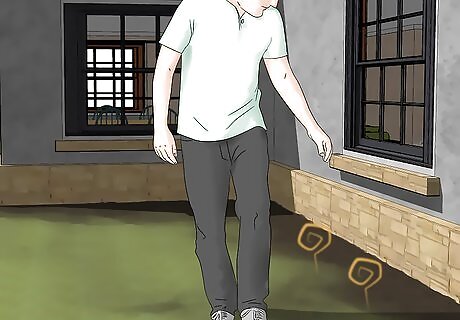
Note if you smell a musty or mildew smell. Walk around your home and notice if you smell any musty or earthy scents. If you smell odors that you’d recognize in the forest or outside, it is likely that you have mold or mildew growth and need a dehumidifier to lower the humidity level. Pay specific attention to musty or mildew smells in garages, attics, or basements.
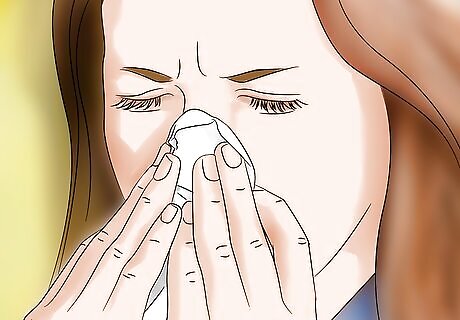
Reflect on whether you suffer from allergies. If you sneeze, cough, wheeze, or have a runny nose or eyes, you may be experiencing mold or bacteria-related allergies. This could be the result of mold growth in your home due to a high humidity level. Ultimately, a dehumidifier will starve mold and mildew of moisture, and limit their growth.

Test your home’s air quality. Purchase an air quality kit or hire an environmental testing service to do so. By testing your home’s air quality, you’ll be able to identify mold, mildew, or other contaminants that are in the air. If you find a high level of mold or mildew, you may need a dehumidifier in your home. Air quality tests can also help you identify other air quality concerns, like asbestos or radon.












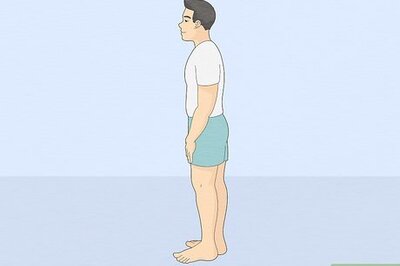





Comments
0 comment